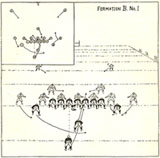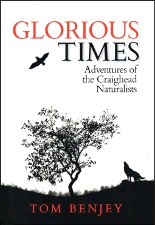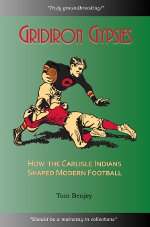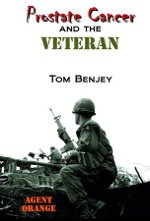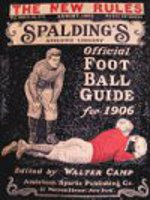I recently received an email from Joe Gilman’s great granddaughter in response to my October 17, 2008 blog about Carlisle Indian School students working as apprentices at Ford Motor Company learning to assemble Model Ts. Those unfamiliar with Model T Fords and their assembly line might enjoy viewing this video about them: http://www.youtube.com/watch?v=S4KrIMZpwCY In the early days of the Model T, one mechanic assembled an entire car by himself; in later days workmen specialized in putting on specific parts of the car. Apprentices were probably taught how to assemble the entire car to allow them to work at any position on the assembly line.
Because Joe wasn’t a football star at Carlisle, his biography doesn’t neatly fit into one of my books. However, it is interesting and deserves to be told. So, I am serializing a shortened version of his story beginning with today’s blog.
Joe Gilman’s name first appears on the 1901 census of the Leech Lake Pillager band of the Chippewa as the 9-year-old son of Pah Dway We Dung. That fact that no father was listed implies that his father was dead or not of that tribe. His having an English name and his mother having a Chippewa name implies that his father was a white man. Later censuses classified Joe as being half-blood but that is inconclusive because the other half need not be a white man. It could also be a man from another tribe. Searching on his mother’s name revealed entries for 1895-97 that listed Pah Dway We Dung as having a son named Joe with no family name. The 1898 census listed her as having a son named May Quom. After that her son was listed as Joe Gilman. It seems reasonable that Joe’s Chippewa name was May Quom.
Joe began being listed by himself in 1907 at age fifteen. His mother may have died at that time. Family tradition has it that she remarried sometime in Joe’s youth. His stepfather shot his dog when he was 12 or 14 causing his to run away to Minneapolis where, according to his older daughter, he danced on the streets for money.
End of Part I


